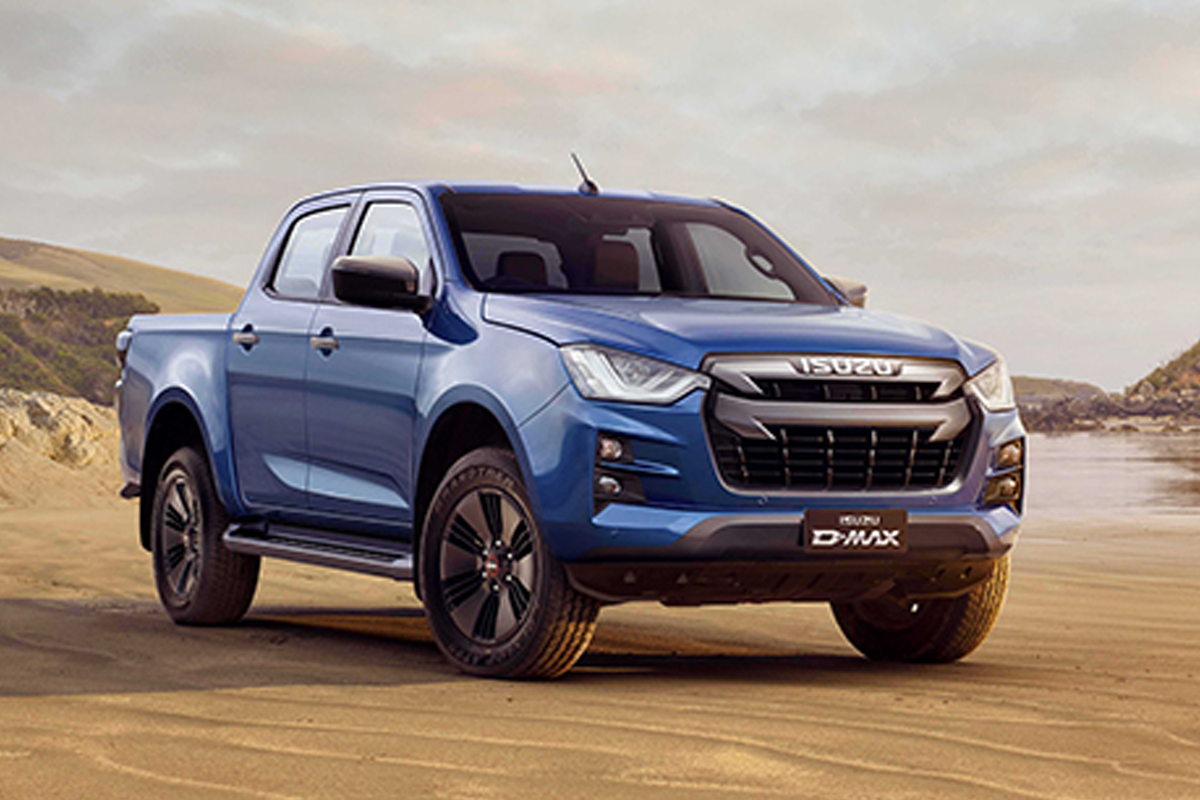
Should offroad trailers be banned?
Every time we head off into the outback the percentage of 4WDs towing something has increased.
There are good reasons for the trailer-mania; modern vehicles have power to spare and make excellent towcars, people need (want) to take more stuff on holiday and there’s a thriving trailer manufacturer industry which has spawned an equally active rental market too. Trailers can make a campsite sufficiently civilised to tempt recalcitrant partners out into the bush, and for those with children the extra space and liveability is a godsend. But the offroad trailer trend could be curtailed. More and more outback tracks are being closed to trailers, and if this continues trailer owners will be more limited in their touring destinations. Now there are some tracks which should be closed to trailers, but nowhere near as many that are currently classed as ‘no go’.
So why close tracks to trailers? There are several reasons for discouraging, or outright forbidding trailers. Firstly, not all trailers are offroad-capable. The shoddy ones fall apart and are quickly abandoned, or part of their load is discarded, cluttering the countryside. Nobody wants that to happen, least of all the rangers who are charged with keeping Australia’s natural beauty beautiful.
Secondly, any trailer reduces a 4WD’s offroad ability, and if the vehicle isn’t being correctly driven in the first place then that could mean the car is stuck, or can only progress with excessive throttle which rips up tracks. Again, not exactly ‘driving in a sustainable environment’.
Third, trailers make a 4WD less manoeuvrable. Trying to three-point turn a trailer needs space, and passing oncoming vehicles on narrow tracks is more difficult.
Fourth, there’s an extra set of wheels and more weight. Which means another set of wheelmarks around a corner, possibly in a straight line too if the trailer’s track isn’t the same as the towcar, and significantly more weight on the trail which leads to greater wear.
The solution, in the eyes of some, is to ban trailers from ‘difficult’ tracks or remote areas. That’s just not right. There are tracks on which trailers shouldn’t be used, but those would be restricted-traffic minimum-impact areas, extremely difficult tracks and narrow trails. Those are the minority, and for the rest trailers should be permitted, and here is why.
The average touring low-range 4WD, with a slight suspension lift and all-terrain tyres at the correct pressure is more than capable of towing an properly set up offroad trailer along pretty much any outback 4WD track, if correctly driven. I challenge anyone to find a 4WD track leading to a designated campsite or attraction that cannot be negotiated by such a combination. But you’ll notice there’s quite a number of qualifications in the statement above. It’s not “any vehicle with a trailer”, because that will indeed lead to trouble.
Taking the qualifications one by one:
Low-range: If you tow offroad, you need low range. Where an unhitched vehicle can cruise in high, a towing rig may need low, if only to save stress on the transmission. Even if a softroader can tow a trailer the mechanical stress will be great when going through difficult terrain.
Suspension: the stock 4WD’s suspension is not suitable for offroad touring or towing when loaded, let alone offroading touring with a trailer. A two-inch lift with stiffer springs is typically what you need to retain a good safety margin of control, and clearance over obstacles.
All-terrain tyres. Extra grip over road pattern.
Correct tyre pressure. This is even more important with trailers. You only need sit atop Big Red and watch people fling their cars up the dune at speeds of 70kmph, when if they only dropped pressures they could easily cruise up from a standing start at the base in first high. Now high pressures are bad enough in a single vehicle, but as ever, any setup errors are amplified with a trailer on the back.
Offroad trailer. Some trailers are designed for offroad use. Some are not, lacking capabilities like clearance, strength or simple resistance to dust and corrugations. Those are the ones which end up lying broken by the track to the ire of the authorities and dismay of visitors. This isn’t about any particular design aspect such as a type of suspension or hitch, more the overall build quality and robustness. Basically, it is going to fall apart somewhere remote?
Correctly driven. Again, the trailer makes the rig less tolerant of mistakes so judicious use of momentum, correct gearing and line selection is important.
Properly set up. That means paying attention to towbar height, weight distribution on trailer and towcar, using an offroad hitch and generally doing more than hitching and hoping.
All that may sound logical, but the difficulty is determining which rigs meet the criteria and which do not. But that’s solvable too. The first step is to agree a standard for an offroad trailer and only permit those on 4WD tracks. To kick things off, it could include:
1. Designed and warranted by the manufacturer for use on unsealed outback roads with dust and corrugations, and on 4WD tracks subject to the towcar’s ability to pull it.
2. Articulated offroad heavy-duty hitch
3. Recovery points on the rear (towing/winching only)
4. Electric brakes (even if under 750kg)
5. All-terrain tyres of at least 730mm diameter and a 60% profile.
6. The track (distance apart of the wheels) should be the same as the towcar or within a 50mm tolerance.
No homemade trailers. Yes, some are very good, but there’s no easy way to differentiate between the good and bad. The litmus test for a manufacturer will be whether they provide a proper warranty for offroad use.
As far as the towing 4WD is concerned, that can be specified too:
1. Low range gearbox
2. Electric brake controller
3. All-terrain tyres (ideally sized to match those on the trailer)
4. Suspension such that when loaded and with the trailer connected the vehicle the vehicle is level.
5. Maximum trailer weight for 4WD tracks to be towed is 50% of maximum rated towing load.
The second problem is knowing how to drive your vehicle, and trailer offroad. This can be fixed with a national training course and only those who have successfully completed the course should be permitted to use outback 4WD tracks with trailers, and only when towing suitable trailers.
Finally, although the terrain may be navigable some tracks are very narrow, and oncoming vehicles must back up some distance before they can pass. Those tracks are not suitable for trailers and therefore towing should not be permitted.
Now if a touring rig and its owner meets all those criteria it should be allowed to roam wherever non-trailer drivers can go, with the rare exceptions listed above.
Is this too much bureaucracy and over-complication? Well, nobody needs more regulations in their life, but I’d rather some extra hassle than being banned outright. Anyway, everyone who has a properly set up trailer would already comply for the setup part, and even experienced drivers learn things from courses. Yes, it would raise the bar for people, but is that a bad idea? Outback travel is risky, and that risk can only be mitigated by an operator using the right equipment in the right way. And there are ample precedents of industries and groups not self-regulating so the authorities step in, and their solutions tend not to be ideal from anyone’s perspective but their own.



1 Comment
by Rob Logie
I got caught once trying to drive to wonnangatta from Bright on a long weekend for a day trip. I got caught behind a group of seven vehicles trying to get through a slightly rougher section of track. I was stuck there over three hours waiting for them to get through .. listening on the radio they where having a fun time winching etc..
When I eventually got to the rough area I easily drove through it in high range .. probably could have driven through in 2wd… as did the other vehicles I could see following me in the queue the idiots with the trailers had caused.
Myself, and the over 100 cars stuck behind me had their day ruined because of this group., when I got to the destination I pulled over, watched the traffic go past and had to turn around and head back to bright due to the time in the day I had lost …
Offroad vans and trailers IMHO are for travelling on rough corrugated roads when touring or similar .. not for taking into places like wonnangatta valley ….